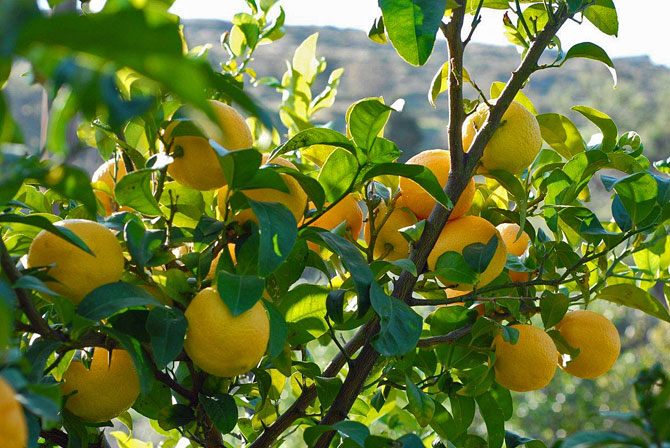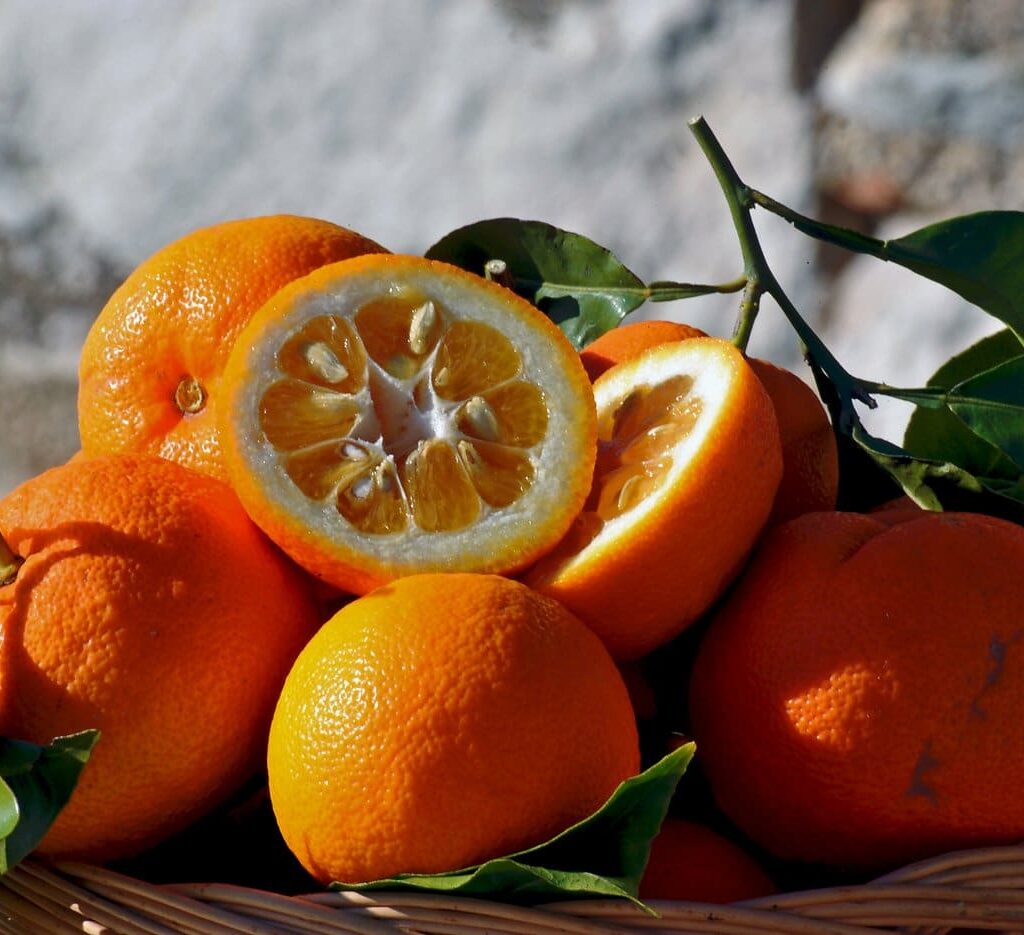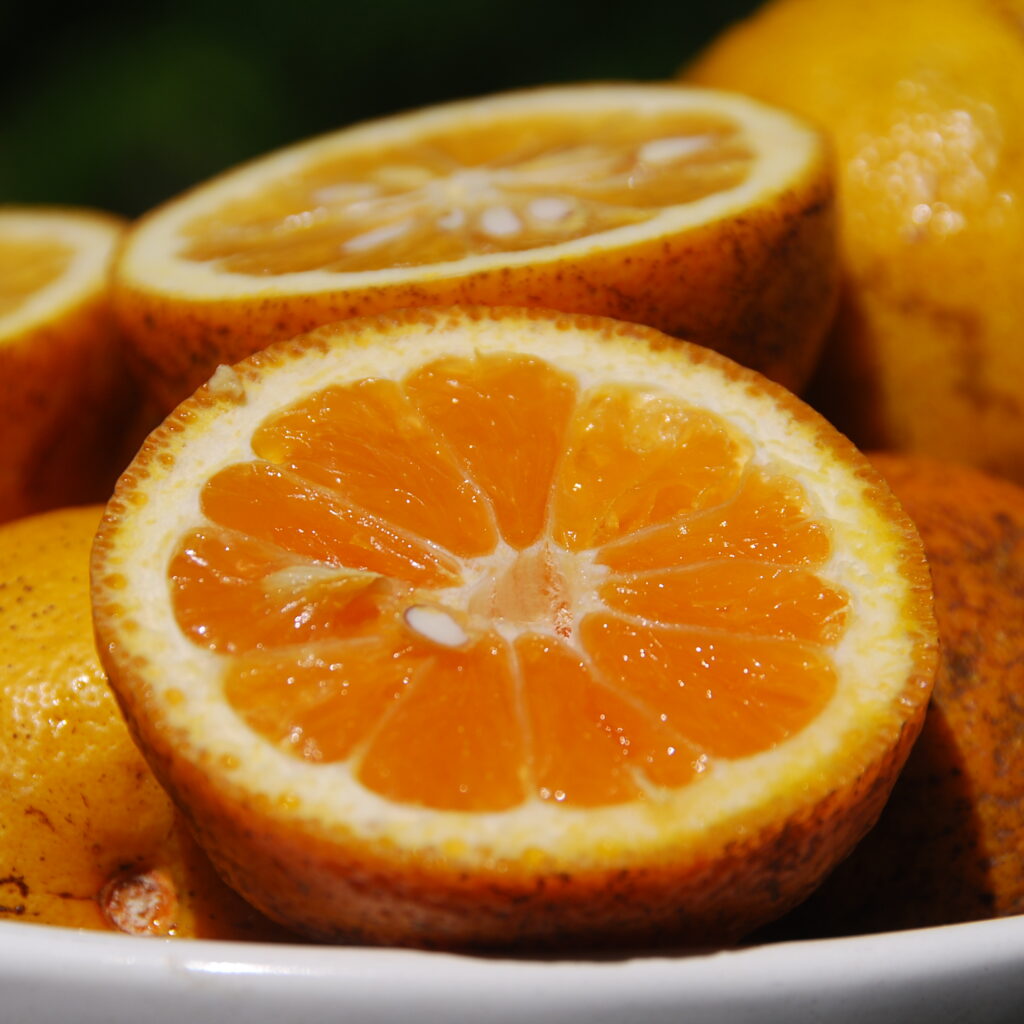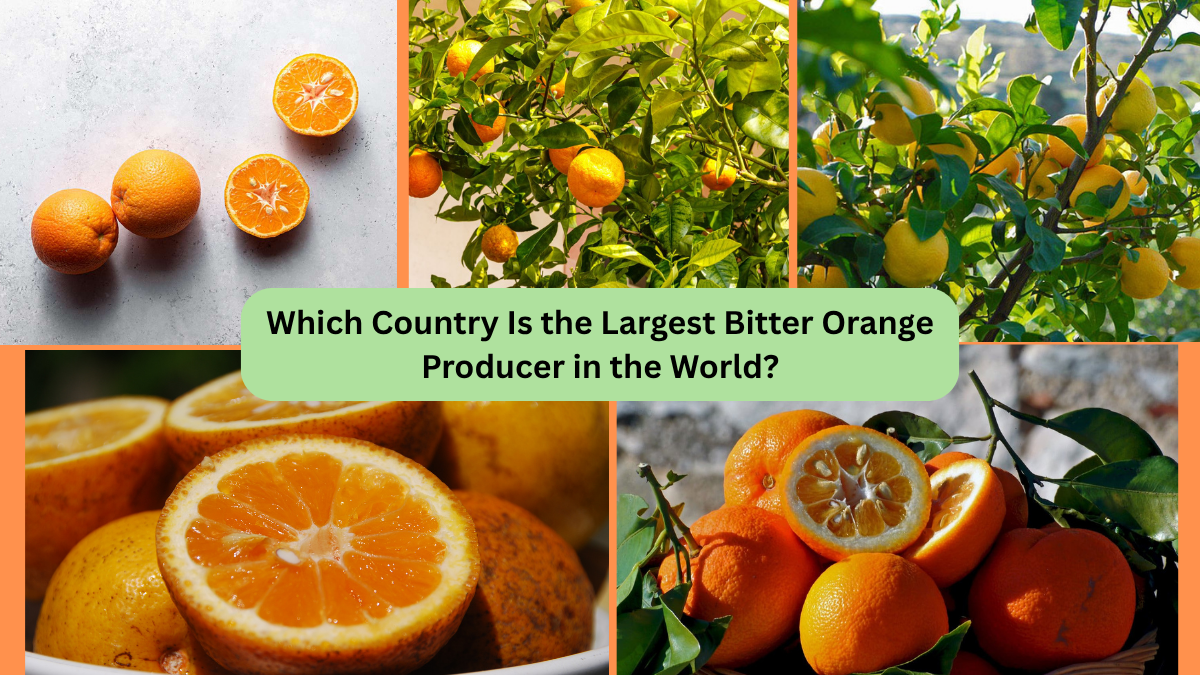Bitter orange, scientifically known as Citrus aurantium, is a resilient and aromatic citrus fruit renowned for its sharp, tangy flavor and versatile applications in traditional medicine, culinary recipes, and the perfume industry. Commonly referred to as Seville orange, sour orange, or bigarade, bitter orange has carved out a unique space in both ancient traditions and modern kitchens. In this article, we’ll explore its origins, benefits, cultural relevance, and finally answer the key question: Which country is the largest bitter orange producer in the world?
What Is Bitter Orange?

Bitter orange is a small, round citrus fruit with a rough, bright orange peel. Unlike its sweet counterpart, it boasts a pronouncedly tart and bitter pulp. It’s traditionally used for making marmalade, liqueurs like Cointreau and Grand Marnier, and medicinal extracts.
The tree is hardy, thriving in subtropical and Mediterranean climates, and is often employed as a rootstock for grafting sweet orange varieties due to its disease resistance.
Historical and Cultural Significance
Bitter orange has a rich history tracing back to Southeast Asia, later spreading to the Middle East, North Africa, and Southern Europe via ancient trade routes. In Islamic medicine, it was celebrated for its digestive and sedative properties. In Europe, it gained fame as the base for Seville orange marmalade and as a prized ingredient in perfumes.
The Largest Bitter Orange Producer in the World: Spain

Spain is the world’s largest producer of bitter orange.
Why Spain Dominates Bitter Orange Production
1. Ideal Climate:
Spain’s Mediterranean climate, particularly in regions like Andalusia and Valencia, provides optimal conditions for bitter orange cultivation.
2. Historic Cultivation:
Introduced during the Moorish rule, bitter orange trees became a staple in Spanish gardens, courtyards, and public streets, especially in cities like Seville, which boasts thousands of ornamental and fruit-bearing bitter orange trees.
3. Marmalade Industry:
Seville orange is the key variety for high-quality marmalade production, a British culinary tradition dependent on Spanish exports.
4. Pharmaceutical and Perfume Uses:
Spain supplies bitter orange for medicinal products, flavorings, and perfumes globally.
Other Significant Bitter Orange Producing Countries
While Spain leads, several other countries contribute to global bitter orange production:
Morocco:
Produces bitter orange for local consumption and exports, primarily for essential oils.
Tunisia:
Known for its aromatic bitter orange blossoms, a staple in perfumes and culinary syrups.
Egypt:
Extensively cultivates bitter orange for domestic uses and international markets.
Italy:
Regions like Calabria and Sicily grow bitter orange for culinary and pharmaceutical purposes.
United States:
In Florida and California, bitter orange trees are cultivated for ornamental uses and niche markets.
Nutritional and Medicinal Benefits

Bitter orange is valued for its nutritional and therapeutic properties:
- Rich in Vitamin C: Strengthens immunity and acts as a potent antioxidant.
- Contains Synephrine: A natural compound used in weight management supplements.
- Digestive Aid: Traditionally used to treat indigestion and appetite loss.
- Antibacterial and Antiviral Properties: Beneficial for respiratory and skin ailments.
- Aromatherapy Uses: Essential oil from its peel and flowers aids in stress relief and relaxation.
Culinary and Commercial Uses
- Marmalade Production: The most famous use of bitter orange, especially in British cuisine.
- Liqueurs: Key flavor component in Grand Marnier, Cointreau, and Triple Sec.
- Flavoring Agent: In sauces, teas, syrups, and confections.
- Aromatics and Perfumes: Widely used in luxury perfumery.
- Medicinal Extracts: Utilized in herbal medicine and weight loss supplements.
Economic Importance in Spain

Bitter orange contributes significantly to Spain’s agricultural and export economy:
- Major Export Commodity: Supplying fresh bitter oranges and essential oils to Europe and beyond.
- Employment Generation: Seasonal harvests support rural employment.
- Tourism Attraction: Seville’s orange-lined streets attract tourists, especially during blossom season.
Challenges in Bitter Orange Production
- Climate Sensitivity: Vulnerable to frost and drought conditions.
- Market Fluctuations: Demand can vary with trends in health products and culinary fashions.
- Regulatory Hurdles: Certain compounds like synephrine face restrictions in dietary supplements.
Future Prospects and Market Trends

The future of bitter orange lies in:
- Organic and Sustainable Farming: Rising demand for ethically produced, pesticide-free fruit.
- Expanded Cosmetic Uses: Growing market for natural fragrance components.
- Health and Wellness Sector: Increased use in natural remedies and herbal supplements.
- Culinary Innovation: Incorporation into gourmet recipes, craft cocktails, and artisanal products.
Conclusion
Spain’s deep-rooted historical connection, ideal growing conditions, and thriving export market establish it as the world’s largest producer of bitter orange. From the famous marmalade factories of the UK to the artisan perfume ateliers of Paris, Spain’s bitter oranges journey far beyond Iberian orchards.
While countries like Morocco, Tunisia, and Italy remain valuable contributors, none rival Spain’s scale or influence in the global bitter orange market. As consumer interest in natural health products and gourmet foods continues to grow, the demand for this versatile, aromatic citrus is poised to flourish, ensuring bitter orange’s continued prominence in global trade and culture.





